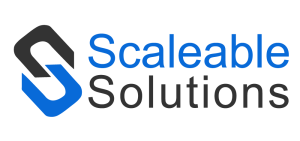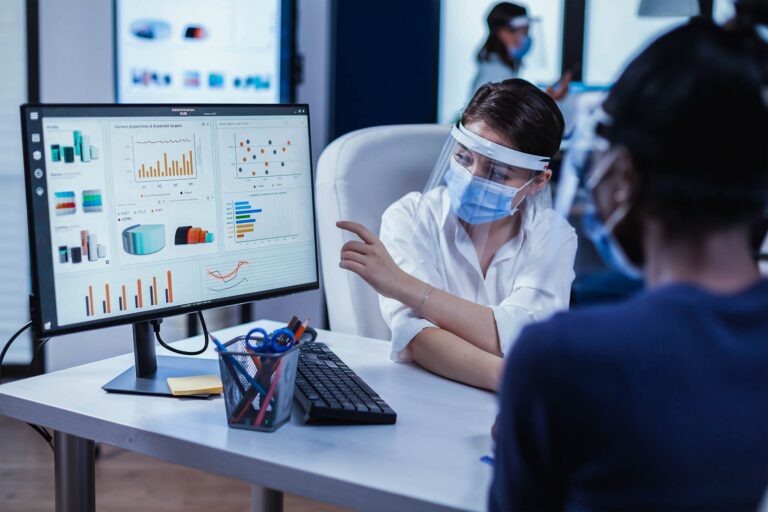Problem Definition:
Hospitals and healthcare facilities face significant challenges in continuously monitoring patient vital signs. Traditional methods rely heavily on periodic manual checks by healthcare staff, which can lead to delayed detection of critical changes in a patient’s condition. This delay can result in worsened health outcomes, increased hospital stays, and higher healthcare costs. The need for real-time, accurate monitoring is crucial to improve patient care, reduce response times, and alleviate the burden on healthcare professionals.
Solution:
To address the challenges of continuous patient monitoring, healthcare facilities can implement a real-time analytics system. This begins with wearable sensors that continuously collect vital signs such as heart rate, blood pressure, respiratory rate, oxygen saturation, and body temperature from patients. These devices are integrated with the hospital’s IT infrastructure to ensure a seamless data flow.
Once the data is collected, it is transmitted securely using wireless communication protocols. This ensures that the data remains private and intact, complying with healthcare regulations like HIPAA. The collected data is then processed using advanced analytics software powered by machine learning algorithms. These algorithms can detect patterns and trends that may indicate potential health issues, allowing for predictive analysis.
The processed data is displayed on a real-time dashboard that healthcare professionals can access. This dashboard provides a comprehensive view of patient vital signs and analytics insights. The system is configured to send instant alerts to medical staff when abnormal patterns or critical thresholds are detected. These alerts can be sent to mobile devices and pagers, ensuring that healthcare professionals are notified promptly.
To provide a holistic view of the patient’s health, the analytics platform is integrated with the hospital’s Electronic Health Records (EHR) system. This integration allows for automated documentation of vital signs and events in the patient’s medical records, providing a complete picture of the patient’s health history and current condition.
For successful implementation, healthcare professionals receive training on using the real-time analytics dashboard and interpreting the alerts. This training helps them understand the system’s benefits and encourages its adoption. By demonstrating how the system improves patient care and reduces manual workload, staff members are more likely to embrace this new technology.
Conclusion
Implementing a real-time analytics system for monitoring patient vital signs addresses the critical need for timely and accurate patient monitoring in healthcare facilities. By leveraging wearable sensors, IoT devices, and advanced analytics, healthcare providers can continuously monitor patients and respond swiftly to any changes in their condition. This approach enhances patient safety and outcomes and optimizes healthcare delivery efficiency. Moreover, it alleviates the burden on healthcare staff, allowing them to focus more on direct patient care rather than routine checks. Overall, real-time analytics in patient monitoring represents a significant advancement in modern healthcare, promising better health outcomes and operational efficiencies.


